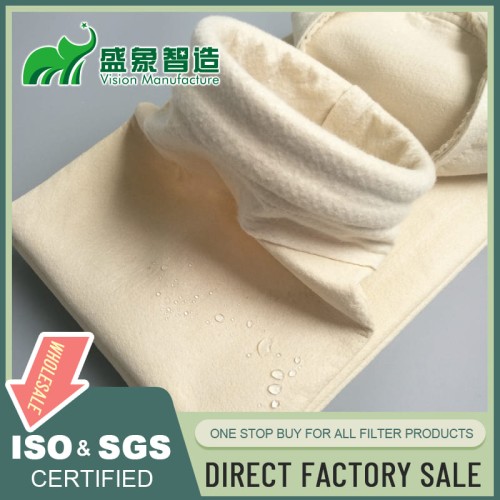
Working Principle of Bag Filters in Boiler Applications
Pre-Separation: Dust particles from the shaft kiln enter the dust collector's flue gas and are directed towards the intake manifold's center. The suction system, under the negative pressure created by the dust removal system, evenly distributes the dust into each bag chamber above the center. Coarse particles of dust are separated and directed into the ash bucket due to gravity, completing the pre-separation process.
Filtration: The dust-laden gas passes through the flower plate holes and enters the filter bag, where the dust particles are trapped on the inner surface of the filter bag for dust collector. The purified gas is filtered through the filter bag, enters the bag chamber, and is then discharged to the atmosphere through the exhaust passage, outlet pipe, and exhaust fan. The dust collector operates with negative pressure and utilizes either fixed-time or resistance-based cleaning methods. Timing cleaning is based on a preset time program, where each chamber is cleaned automatically in a specific sequence. Resistance-based cleaning is controlled by differential pressure signals, which trigger the cleaning process when the pressure reaches a set threshold. Additionally, manual control can be used for regular cleaning operations.
To ensure operational convenience and effective management, it is recommended to use timed cleaning methods. Filter Bag replacement in the dust collector is also simplified for easy installation. Temperature control is crucial for shaft kiln flue gas, typically fluctuating between 60-300 °F, with moisture content ranging from 4-12%. It is important to prevent dew condensation on the dust collector filter bags and avoid overheating, which can lead to adverse incidents.

